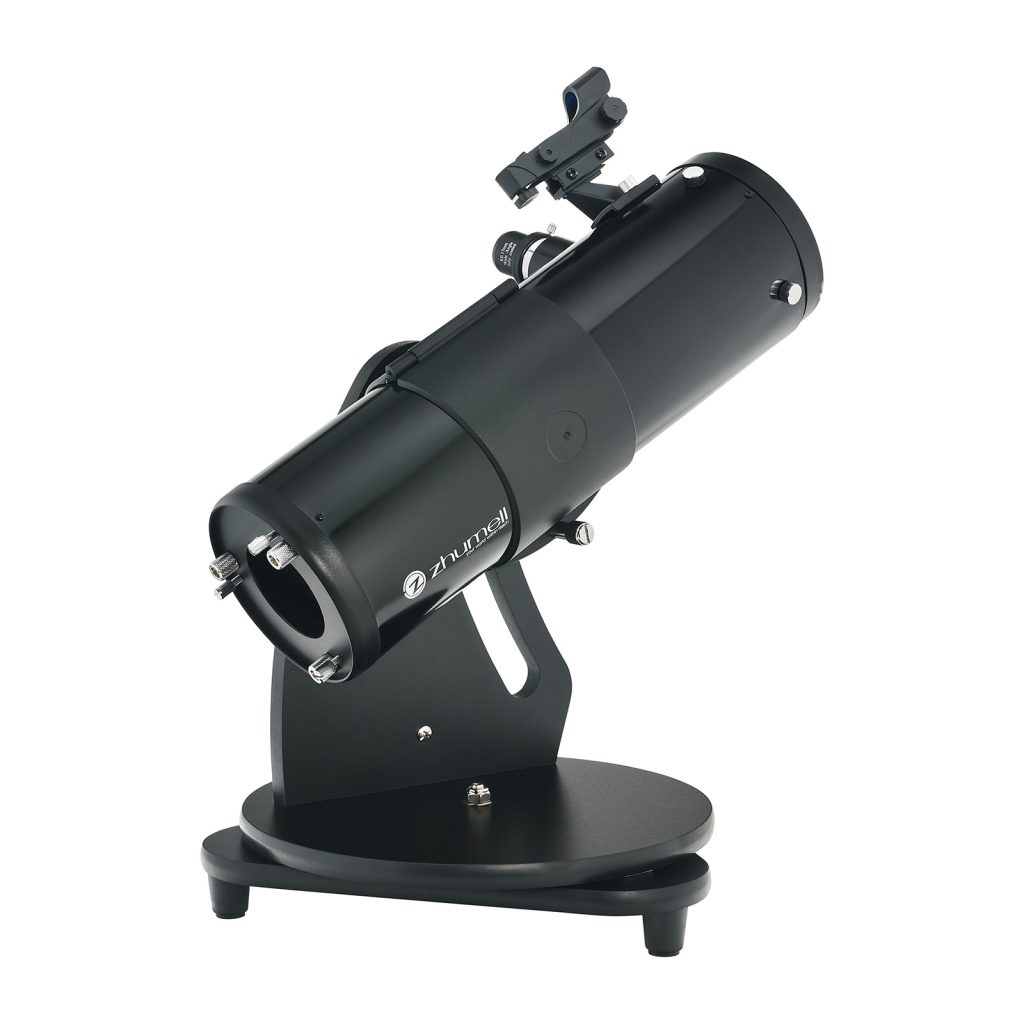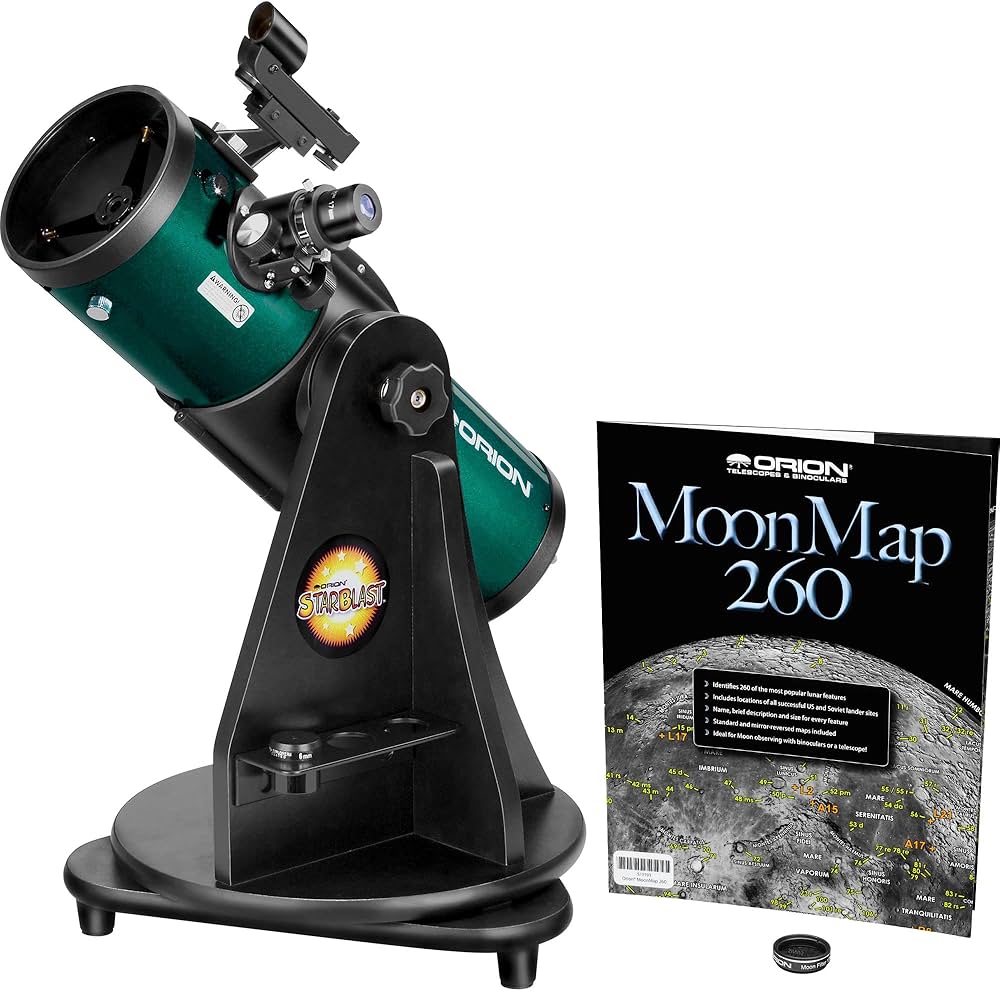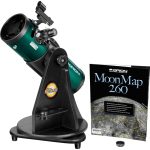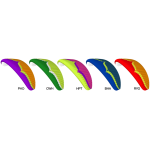Many beginner stargazers wonder if a small telescope is powerful enough to deliver a meaningful experience of the night sky. The answer is a resounding yes. With the right conditions and expectations, a small telescope can unlock some of the most fascinating celestial sights. This guide explores exactly what you can observe with an entry-level or compact telescope.
Understanding the Power of a Small Telescope
A “small” telescope typically refers to models with an aperture of 60mm to 90mm. While they can’t match the light-gathering power of larger telescopes, they are highly capable for casual observers and newcomers to astronomy.


Celestial Objects You Can See With a Small Telescope
The Moon
- Incredible surface detail including craters, mountains, and lunar seas
- Best viewed during first and last quarters for optimal shadows and contrast
Planets
- Jupiter: See the cloud bands and its four largest moons (Galilean moons)
- Saturn: View the famous rings and sometimes even Titan, its largest moon
- Mars: Recognize its reddish hue and polar ice caps when conditions are right
- Venus: Observe its changing phases, similar to the Moon
- Mercury: Difficult but possible during twilight with low horizon visibility

Deep Sky Objects (under dark skies)
- The Orion Nebula (M42): Glowing gas cloud visible even in modest scopes
- The Andromeda Galaxy (M31): Appears as a faint smudge of light
- The Pleiades (M45): Stunning star cluster, easily spotted and sharp
- Hercules Globular Cluster (M13): A bright ball of stars in good conditions
Double Stars and Star Clusters
- Albireo: A colorful double star in Cygnus
- Mizar and Alcor: A famous double star in the Big Dipper
- Beehive Cluster (M44): Bright and visible even with binoculars
Tips for Getting the Most Out of Your Small Telescope
- Use high-quality eyepieces to maximize clarity
- Observe from dark-sky locations away from city lights
- Let your telescope cool to ambient temperature before observing
- Use a moon filter to reduce brightness and increase detail
- Learn the sky with star maps or apps for easier navigation
Limitations to Keep in Mind
- Fainter galaxies and deep sky objects may be hard to detect
- Details on distant planets like Uranus and Neptune will be minimal
- Atmospheric turbulence can impact visibility—choose clear, stable nights
Conclusion
A small telescope offers a surprisingly rich window into the cosmos. From detailed views of the Moon to glimpses of far-off galaxies, these compact instruments are more than enough to inspire a lifelong passion for stargazing. With patience, clear skies, and curiosity, even a modest telescope can deliver unforgettable experiences.


